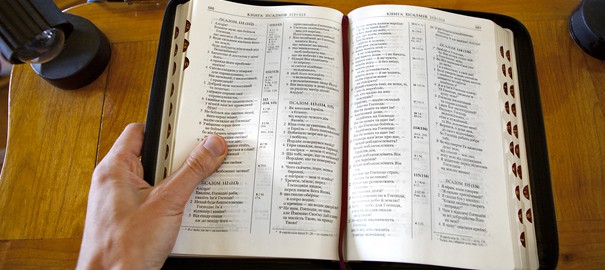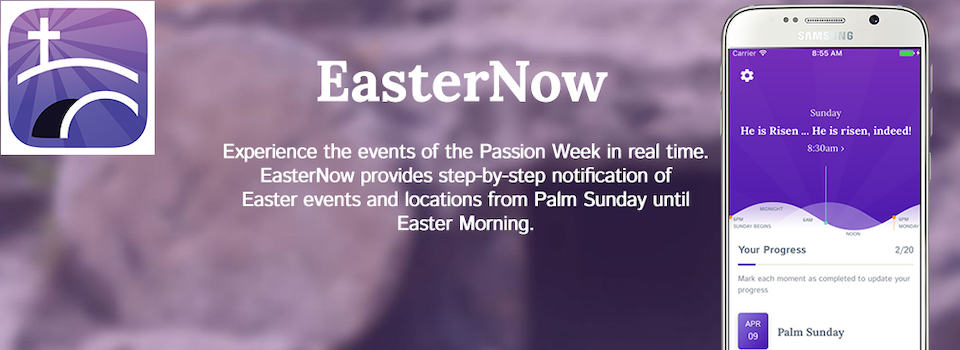The preacher’s job is to get people to see themselves in the mirror of God’s Word (James 1:22-25). But this can become a tough challenge for interim pastors. The developmental tasks before the church shapes our preaching calendars. Since the same six to eight problems crop up regularly in our client churches, we may find ourselves returning to familiar texts.
How does an interim pastor insure the sermon’s pay off—the application—stays fresh? Here are ten fresh approaches to skillful application. Mix a few of these into your homiletic practice and watch what happens.
1. Direct Instruction
Tell them in clear, concise and memorable terms what you want them to do: “Tomorrow morning when you pour your first cup of coffee, take a moment to commit your day to the Holy Spirit’s guidance, the One who has been poured into your heart by the grace of God.”
2. Powerful Story
A great rule of thumb for writing also applies to public speaking and preaching: show, don’t tell. Use a short, powerful story that portrays exactly how this truth works in daily life. Jesus did it in His parables; chances are it will work for you, too. Add punch by avoiding careworn anecdotes and by using true stories whenever possible.
3. Visualization
Instead of telling them a story about how someone else worked this truth into life, help them see it for themselves. “Close your eyes for just a moment. Now, visualize what your bathroom mirror looks like. Notice the toiletries on the counter near the sink. Picture the lighting in your mind. Feel the rug under your toes. Now look at the very center of the mirror, the spot where your nose appears. Look at that yellow Post-it note with the black letters. What does it say? It says, ‘pray for a chance to meet the new neighbors across the street.’ Now, go home, write that yellow Post-it note and stick it on the bathroom mirror.”
4. Extemporaneous Response
Often the people in your audience will have a better idea of how the message applies to them. (This reminds me of a physician friend of mine who once said, “If the doctor will listen, the patient will generally identify what’s wrong.”) If the setting is appropriate, ask the folks in your audience. “I’d like four or five of you to stand up and tell the rest of us how you will apply this message to your life this week.”
5. Prayer Card Request
This is a wrinkle on #4. Ask the audience to write how they will be applying this truth in their lives on a prayer card. Tell them you (and the staff if you have one) will be praying for these and then collect them. And then be sure to pray over them!
6. Accountability Report
This is another wrinkle on #4. Give the audience a minute or so of quiet reflection to discern how God wants each of them to apply this truth to life. Then have them tell someone sitting near them what their plan for application is for the coming week.
7. Personal Testimony
If someone in the congregation is a living example of how this truth applies to life, ask them to give a five-minute personal story about how it has worked for them. Be sure to prep this person ahead of time by telling them the application, how their story will reinforce the message and asking them to practice to stay within the five minutes.
8. Video Clip
This is a variation on #2 above. If you can find a video clip that drives the point home, it’s often a powerful and memorable application. For example, if you’re preaching about the fear of evangelism or being ashamed of Christ, you can show the closing scene of “Blue Like Jazz,” which says it much better than you can!
9. True to the Text
The application will be more powerful and more memorable if it is true to the exposition of the text. This is another way of saying that a good application will be timeless and transcultural; it will apply to all people in all places at all times. For example, if you’re preaching Genesis 12:1-3, your application may ask people, “What do you need to forsake in order to enter into the blessedness of God’s promises?”
If the application doesn’t flow from exposition of the text, then what you’re really doing is asking people to apply your ideas or your theological hobby horse to their lives rather than the living meaning of the biblical text.
So, as you craft the application you must ask yourself, “How did this text apply to the original audience?” and determine where the lives of your audience and the original audience overlap. That’s where the application will lie.
10. Trust the Holy Spirit
I probably rely on this one too much. I let the application go unstated, so I need to work at it.
But from time to time, if the main message of your sermon is crisp, concise and memorable, you can rely on the Holy Spirit to do the work for you.
This article has been reprinted, with permission, from the Transition Ministries Group website.











